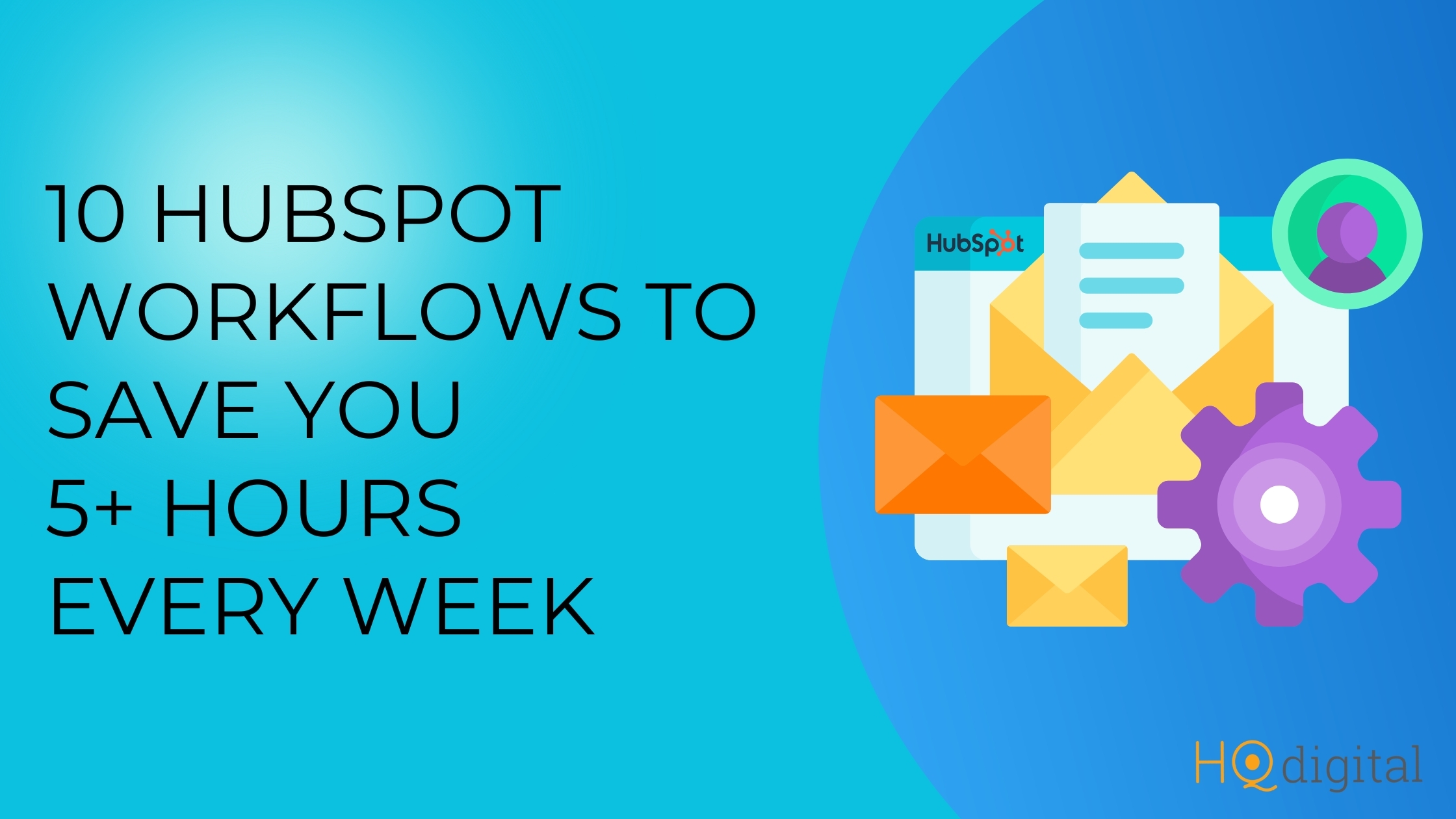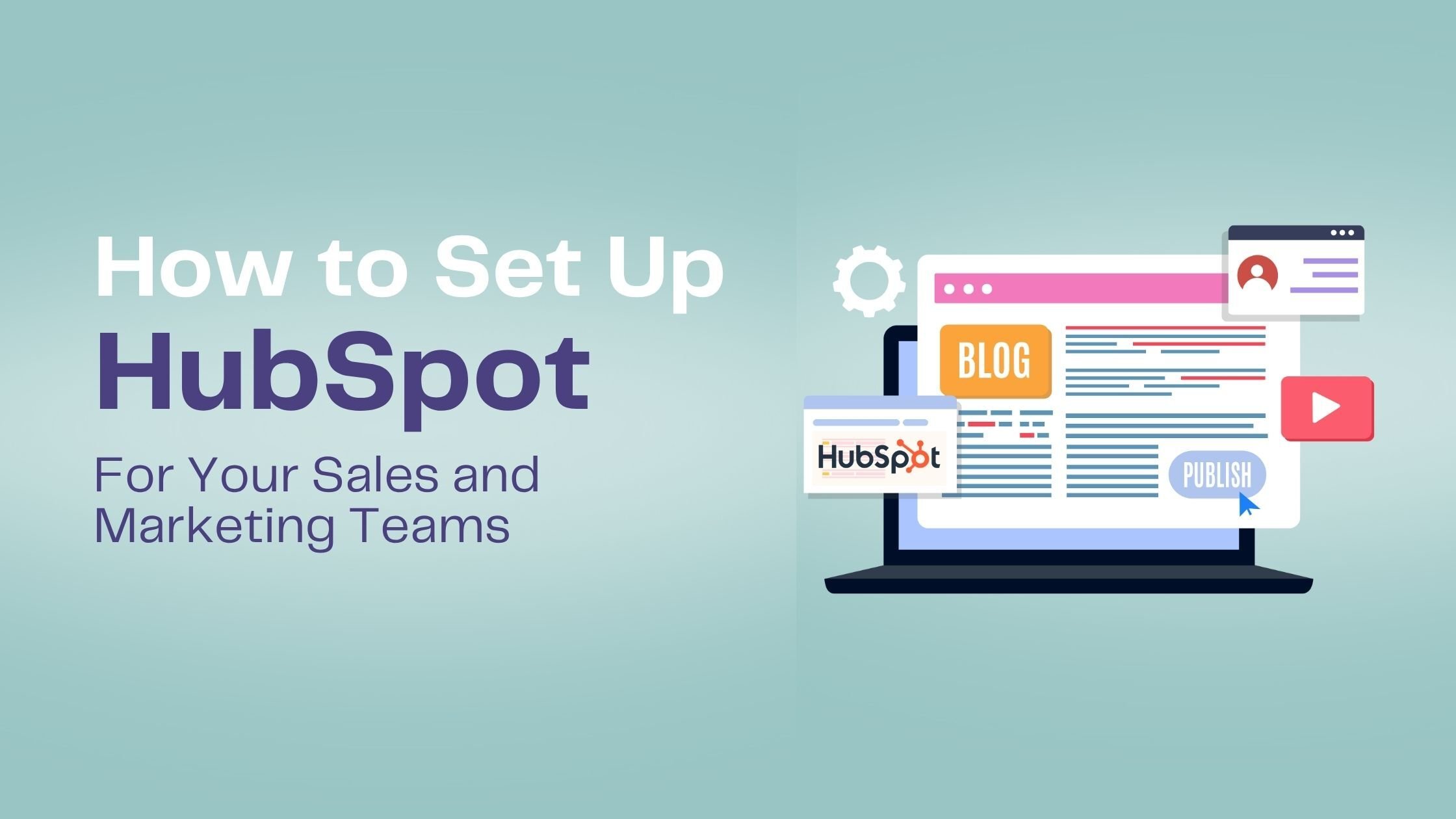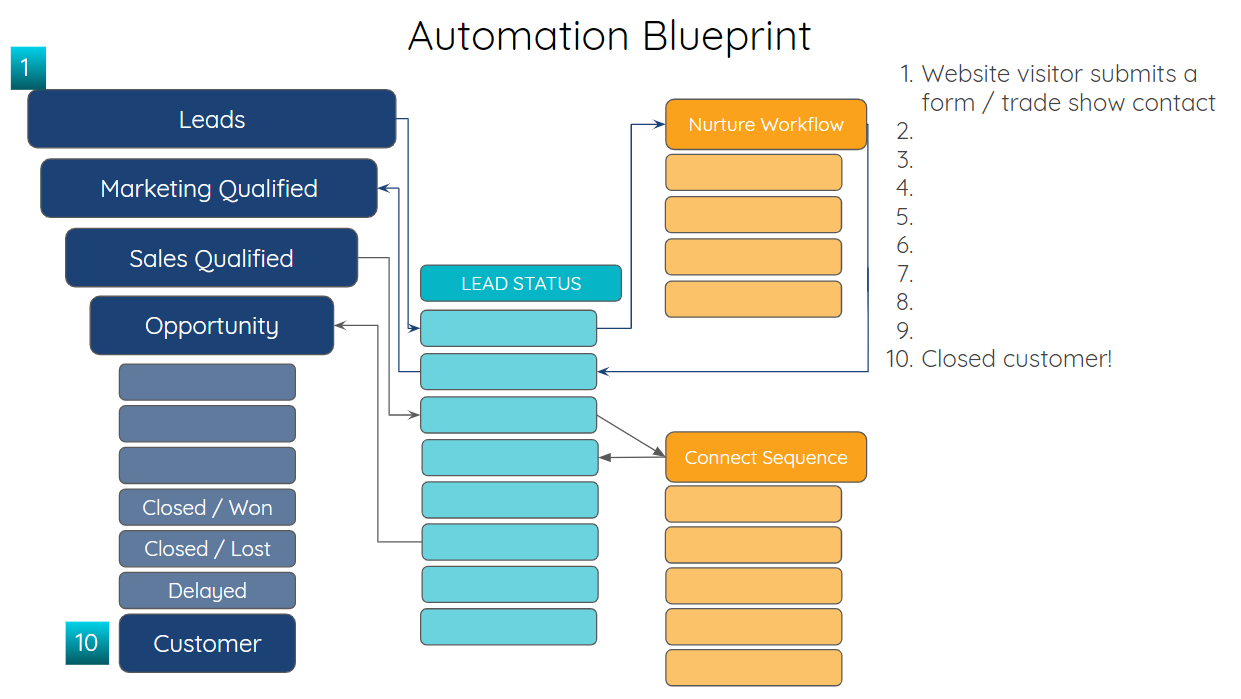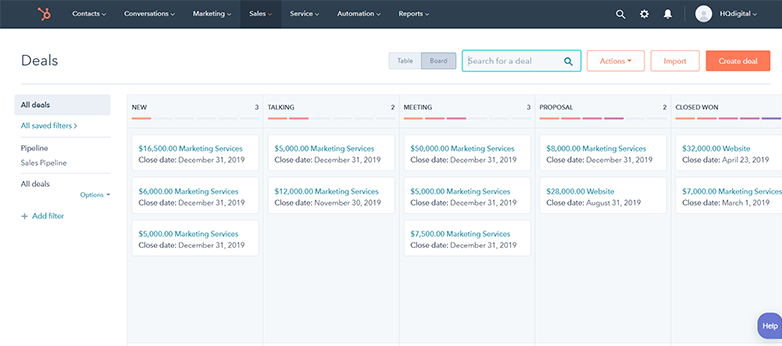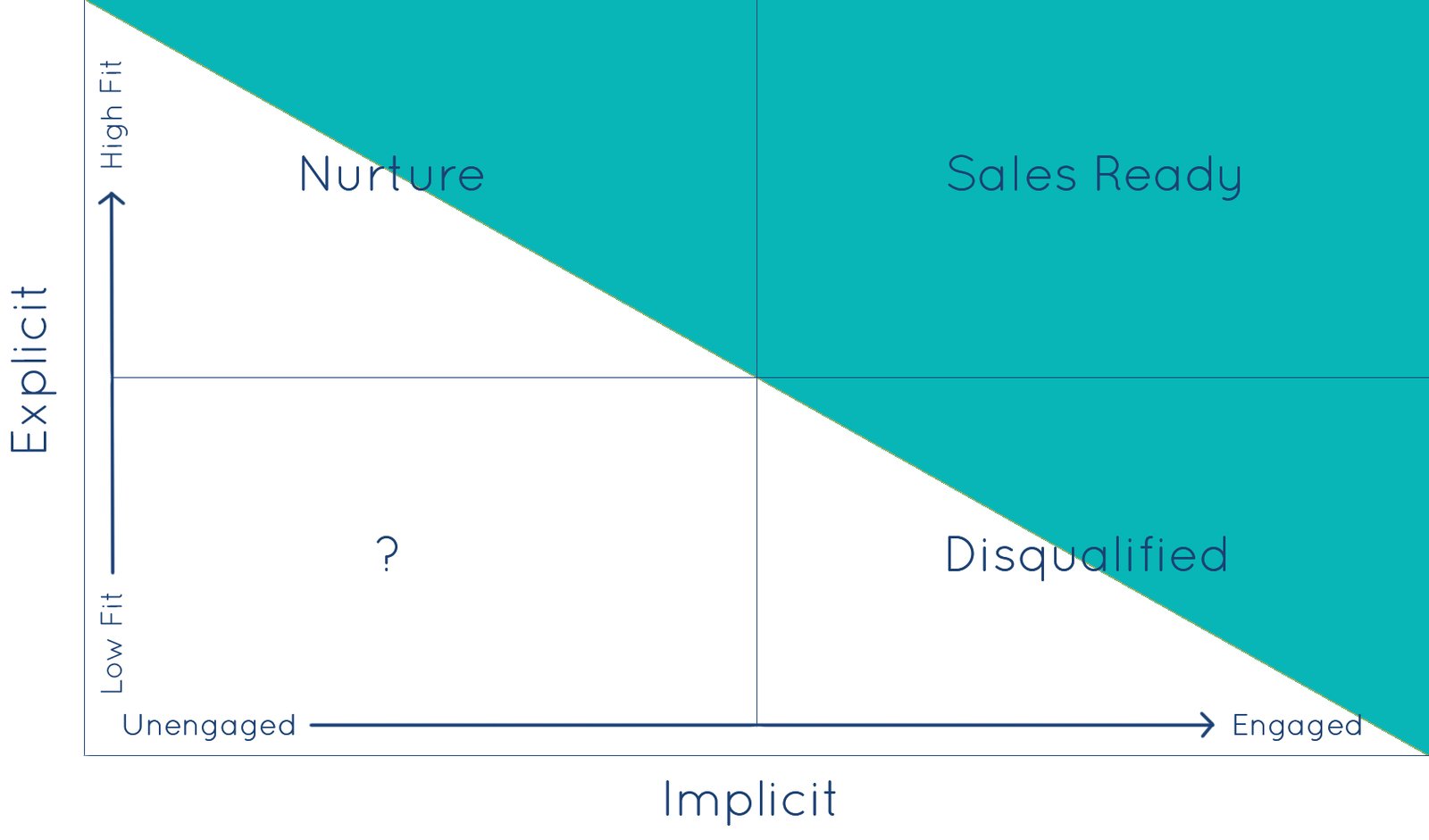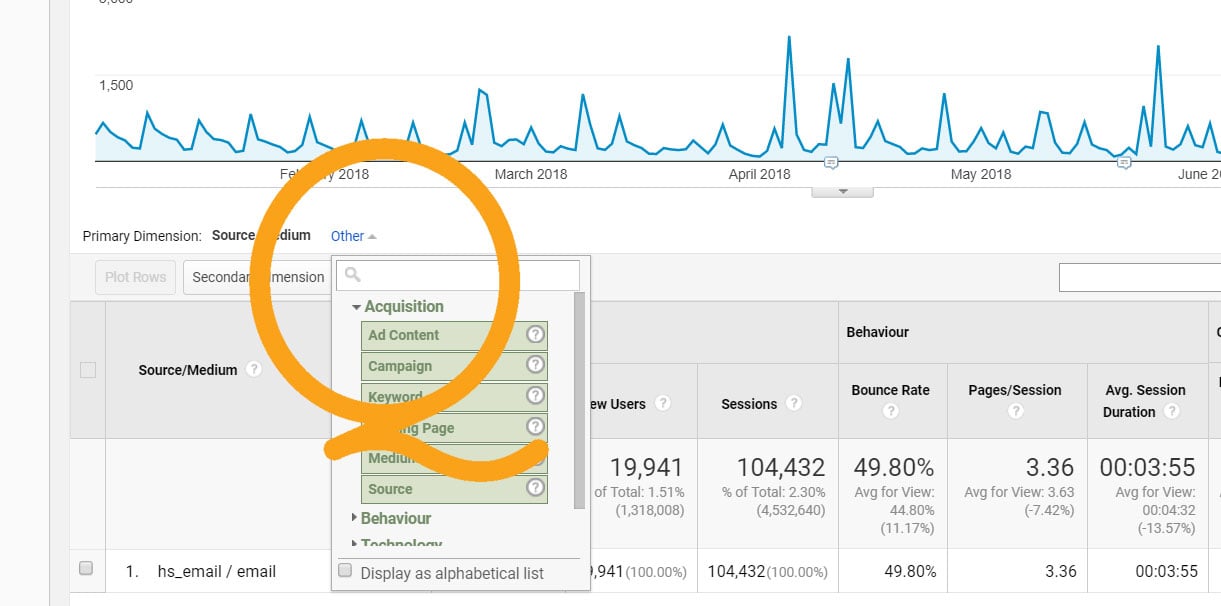HubSpot is more than just a CRM or marketing automation tool. It's a time-saving productivity powerhouse - when you've unlocked the full potential of its workflow automation features.
The problem? Most teams barely scratch the surface of HubSpot's transformative time-saving capabilities.
If your marketing, sales, or service teams are bogged down with repetitive tasks, you’re losing hours (and probably patience) every single week.
The good news is that with the right HubSpot workflows, you can automate your busywork and free your team from tedious, time-consuming tasks to focus on higher-value activities.

